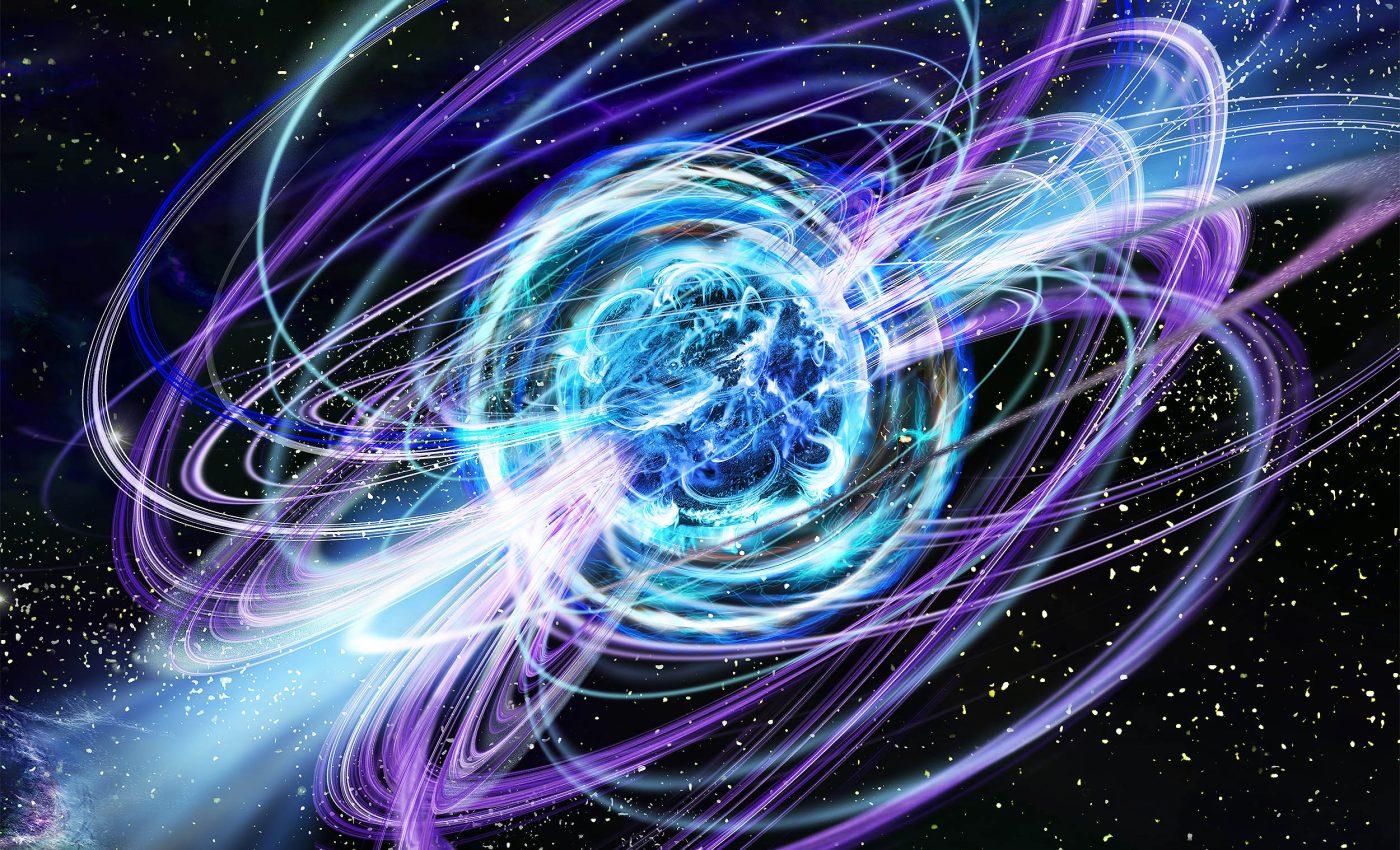
New source of gold, platinum, and uranium discovered in space
A flash of intense radiation seen in space has upended long-held ideas about how some of our heaviest metals emerge. Scientists have found that such a flare can pump out vast amounts of heavy, rare atoms in mere seconds, revealing a surprising origin for valuables like gold and platinum.
Brian Metzger from the Flatiron Institute’s Center for Computational Astrophysics in New York City is one of the researchers behind this magnetar flare discovery.
Metzger and his colleagues worked to show how these unusually powerful neutron star outbursts can forge precious metals, called called r-process elements, at unimaginable scales.
Understanding magnetars – the basics
Magnetars are the universe’s most intense magnets, and they’re not just strong – they’re wildly extreme. Born from the explosive death of massive stars, these neutron stars pack more mass than our sun into a ball just a dozen miles wide.
Their magnetic fields are a thousand times stronger than typical neutron stars, and trillions of times beyond anything found on Earth.
If you stood anywhere near one (which, thankfully, you can’t), it could scramble your atoms just by existing. That’s how intense these cosmic beasts are.
Magnetar flares and heavy metals
What makes magnetars even more bizarre is their behavior. They occasionally unleash powerful bursts of X-rays and gamma rays – giant flares so energetic they can mess with satellites on Earth, even from thousands of light-years away.
One recent flare analysis suggests that as much as two million billion billion kilograms of heavy atoms formed in a single event.
Astronomers think these bursts come from “starquakes” that crack the surface of the magnetar when its magnetic field twists and snaps.
Researchers have now determined that flares of this sort could explain up to 10 percent of our galaxy’s gold, platinum, and similar metals.
Each flare is like an elemental factory, hot enough and dense enough for neutrons to ram into lighter elements and create heavier, neutron-rich materials in a matter of minutes.
Magnetar flares make gold and uranium
“This is really just the second time we’ve ever directly seen proof of where these elements form. It’s a substantial leap in our understanding of heavy elements production,” said Metzger.
That confirmation, along with the latest finding, helps clarify how the universe stocks its cupboards with metals far heavier than iron.
Beyond gold and platinum, other materials like uranium can also appear through this r-process. It takes extraordinary places to host so many free neutrons.
Flares from magnetars happen to create just the right conditions, letting nuclei snatch up these stray particles and jump up the elemental ladder.
Novel insight on stardust
Historically, scientists believed most heavy elements took shape in supernova explosions or during neutron star mergers.
While those events remain important, magnetar flares add another piece of the cosmic puzzle. Their high-energy jets can toss newly formed metals out into surrounding space, seeding future star systems and even rocky planets.
Observations of a magnetar flare in December 2004 first hinted at this possibility. By piecing together data from space telescopes, researchers noticed an unexplained pulse of gamma-ray light roughly minutes after the initial blast.
That signal, experts argue, was the radioactive glow of freshly minted heavy nuclei cooling off.
Eruptions eject vast amounts of matter
Magnetars have long fascinated astronomers because of their intense fields and sudden outbursts.
Each flare involves an extreme rearrangement of magnetic lines, generating shock waves that knock matter from the star’s surface.
The ejected material experiences a runaway chain of nuclear reactions, which can lead to entire mountains of precious metals.
Such flares are rare, which complicates efforts to catch them at the exact moment they happen. Even so, astronomers remain hopeful that future telescopes will detect more evidence.
Missions like NASA’s Compton Spectrometer and Imager, expected to launch in 2027, may be able to track these fleeting signals in greater detail.
Magnetar flares and early metals
Astronomers say these discoveries reshape how we understand metal formation in young galaxies.
Because magnetars can flare at earlier epochs than some other events, their blasts might add heavy elements earlier in a galaxy’s life cycle. This could explain why certain metal signatures appear sooner than expected in distant stars.
On Earth, these metals underlie countless technologies. It’s remarkable to think a phone’s circuit board may hold atoms brewed inside a magnetar’s angry outburst.
The new findings also put magnetars on par with neutron star collisions, highlighting them as a real contender in fueling the cosmic supply of r-process elements.
Waiting for the next magnetar eruption
Looking ahead, the team anticipates more data from modern observatories as soon as another magnetar decides to erupt.
Detecting its high-energy afterglow would offer an unmatched peek at nuclear reactions in real time. That fleeting flash of gamma rays encodes signatures of newly formed isotopes, letting scientists chart how matter evolves.
Once a flare is caught in action, researchers plan to spin telescopes around fast enough to observe the after-effects. That could confirm whether the same pattern holds for multiple flares or if the 2004 event was a standout case.
Either way, the odds of future catches rise as instruments become more sensitive across multiple wavelengths.
The study is published in The Astrophysical Journal Letters.
—–
Like what you read? Subscribe to our newsletter for engaging articles, exclusive content, and the latest updates.
Check us out on EarthSnap, a free app brought to you by Eric Ralls and Earth.com.
—–














